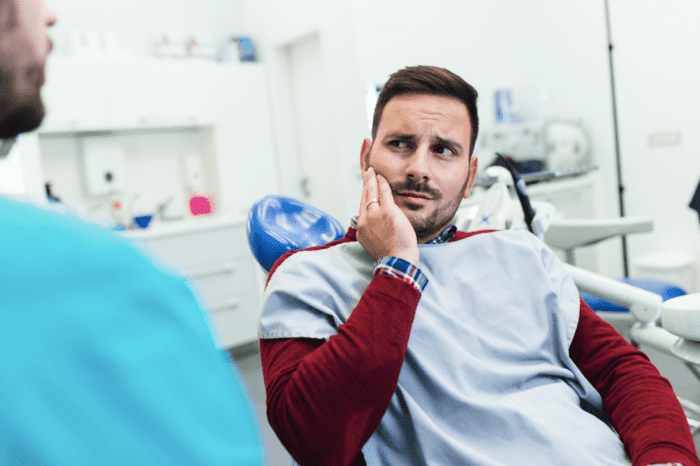Temporomandibular joint disorders occur when the joints that connect the jaw to the skull are under pressure. Stress to these joints can lead to discomfort, headaches, and tooth grinding.
Knowing what to do to minimize TMD symptoms can prevent tooth and jaw damage. Our dental office helps patients with TMJ disorders in Pomona, NY. We will answer commonly asked questions about how to treat TMD and how to know which symptoms are signs of TMJ disorders.

FAQs: TMJ Disorders in Pomona, NY
Do you think you may have a TMJ disorder but are unsure? Learn more about TMD with answers to these frequently asked questions:
How do dentists diagnose TMD?
A dentist will visually examine the teeth for signs of wear and place pressure on the joints to find areas of pain or tenderness. They will also take dental x-rays to view the teeth and jaw for signs of damage. Taking detailed scans of the bone and finding points of pain in the face and jaw help pinpoint areas affected by TMD.
What are the common signs of TMJ disorders?
Symptoms of TMD can include:
- Headaches and migraines
- Jaw pain and soreness
- Teeth clenching and grinding (bruxism)
- Difficulty or pain chewing
If you notice a change in the comfort of your bite or jaw, please contact a professional for diagnosis and treatment.
What are my treatment options for TMD?
Oral appliances or nightguards worn during sleep minimize contact between teeth for patients with bruxism or teeth clenching and grinding. Nightguards help prevent tooth damage and minimize problems like chronic headaches and migraines. We will also recommend physical therapy for patients to help relax their jaw, shoulders, back, and neck muscles. Sometimes sticking to a soft diet will also
Do I have TMD if I have frequent headaches?
Although chronic headaches and migraines are not always attributed to TMD, they can be a sign of the disorder. Oftentimes, headaches are accompanied by other symptoms like jaw clicking and popping or bruxism. If you have multiple symptoms of TMD, please contact our office for care.
What is the difference between TMJ and TMD?
The TMJ are the temporomandibular joints. These joints aid in speaking and chewing, connecting the skull and jaw bone. TMD stands for temporomandibular joint disorders.
Why does TMD cause ear problems?
Sometimes, patients with TMJ disorders can experience ear pain or earaches. The TMJ are very close to the ear canal and the muscles that control the ears. TMD can cause pain in the ear and pressure on the nerves in the ear.
Do you need to treat your TMD symptoms? Call Cosmetic Dentistry Associates today at (845) 241-0656. You can also schedule a dental appointment with Dr. Peter Auster, Dr. Frances Tang, or Dr. Muhlise Tosyali online.
